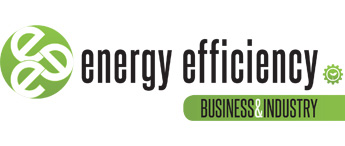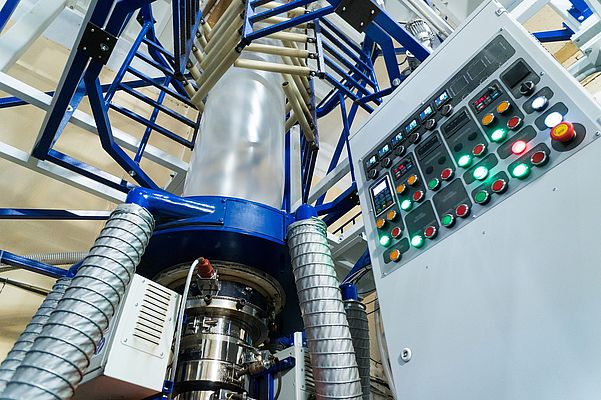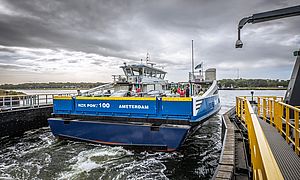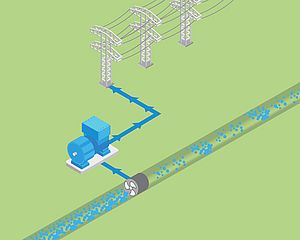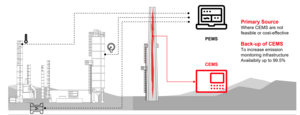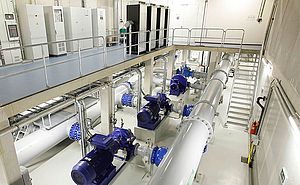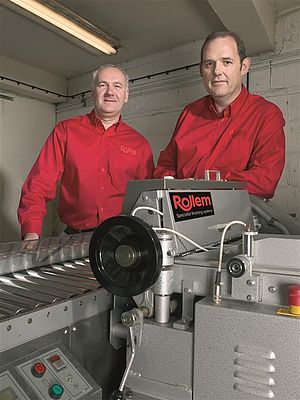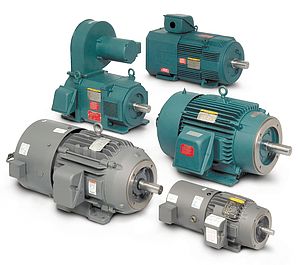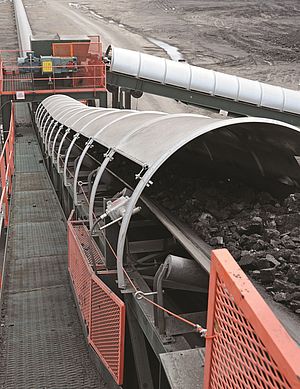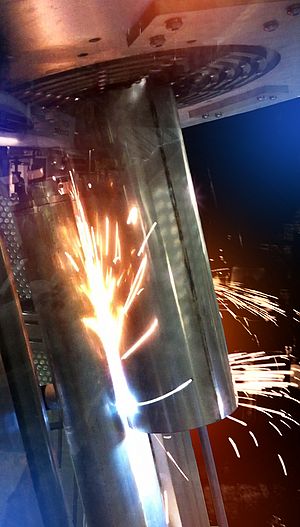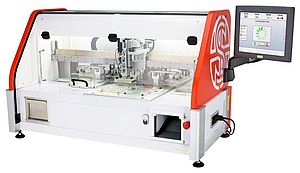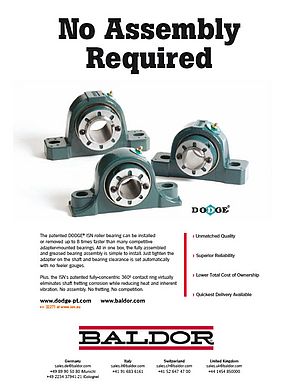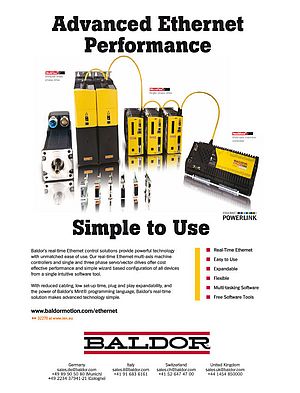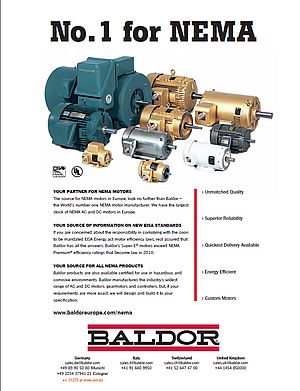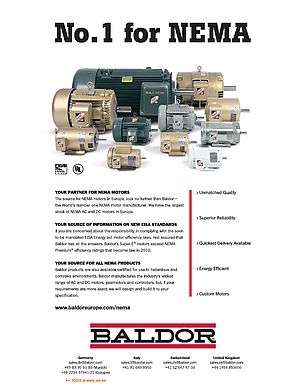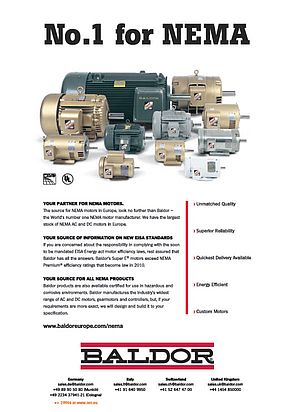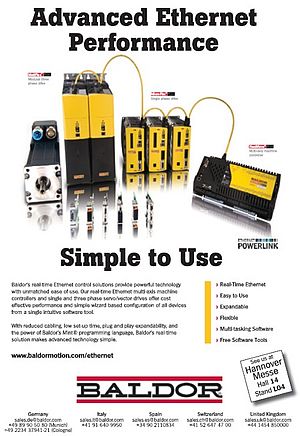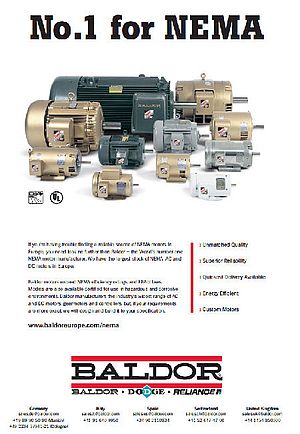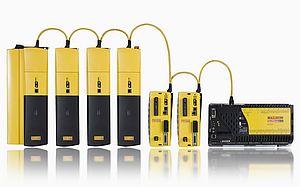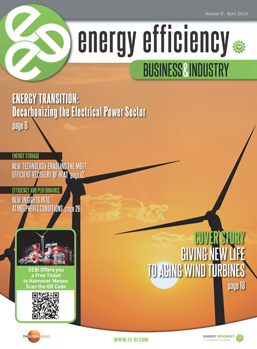HDP motors offer excellent dynamic response and high power density. They’re typically used in plastic and rubber extrusion, injection molding, winders, lifting, conveyors, test benches and machine tools.
Now, a new re-engineered generation of HDP motors has been introduced for machine builders. It offers frame sizes between 80 and 400, and output capacities up to 2 MW – as well as alternative variants such as high speed and water-cooled motors. The motors are designed for use with a variable speed drive (VSD) and ABB can provide matching motor and VSD packages across the frame-size range. These motor-and-drive packages offer superior machine performance along with high energy efficiency.
Origin of HDP motors
To better understand HDP motors, it’s useful to take a quick step back into history. Industrial machinery relied on DC motors in earlier days because of their exceptional speed control. However, with the advent of VSDs in the 1980s, it became possible to control the speed of the more powerful AC motors for improved performance and energy efficiency.
Consequently, specialized AC motors with a square, cross-section frame design, such as ABB’s HDP motors, slowly started replacing DC motors. These motors built on a classic technology advantage – market-leading power density – which enables a compact installation footprint.
Another important technical advantage is the motors’ low rotor inertia. This enables faster reversing of the motor’s rotational direction to speed up the machine’s back-and-forth motion – a prerequisite for smooth and precise machine operation or maneuvering. This, together with the square frame design and a high overload capacity, gives HDP motors an excellent dynamic response. The motors can be equipped with a mechanical integrated holding brake or a wide variety of feedback devices.
Specialized AC motors, which are centered around simple induction technology, have proven more economical and service friendly than the previous DC motors. Today they dominate both the retrofitting and new machine design markets. Variations of HDP motors are now being designed specifically for industrial machine use, offering OEMs exceptional power density and a high torque design.
The dual benefit of high power density
Machine builders can capitalize on the high power density of the HDP motors in two ways:
The first option is to retrofit an existing machine with a stronger drop-in replacement motor. For this, it’s essential to match the frame size of the existing motor with the least possible engineering work. The superior power density of HDP drop-in replacement motors is their most significant value-added feature. Being more powerful will boost machine performance, thereby giving machine builders a strong competitive edge.
The second option is to select a more compact yet equally strong motor when designing a new machine type. Machine compactness is becoming an increasingly important product differentiator for machine builders and their customers, mainly because of floor space constraints. A motor’s compactness can have a major influence on the compactness of the machine itself, depending on the machine’s category and type.
OEMs can design more compact machines if they select a motor of a smaller frame in size but with a high power density and a high torque design. Although smaller, HDP motors produce the same output as the larger motors of the previous generation.
Design flexibility and customization
Beyond variable frame sizes, which help reduce overall machine footprint, OEMs can also benefit from HDP motors’ flexibility, thanks to the high speed and water-cooled variants available.
This is why it’s critical to select a motor that has flexibility and scalability intrinsically built into its design. A good example is to provide OEMs and end-users with programmable encoders to help them adapt to their changing needs without the burden of having to stock a set of encoders.
Straightforward installation
Ease of installation is typically a critical consideration. For instance, installing a replacement HDP motor into an existing machine is possible without excessive engineering work and can be done in minutes. Installation simplicity is visible in nearly every aspect – from easily accessible connection points to the simple installation of accessories such as cooling fans, encoders, and brakes. For example, the latest ABB motors have adjustable key components which allow flexible mounting of the terminal box, making it easier to connect cables where there are machine-specific space constraints.
It is also important to select motors that comply with the IEC 60034 standard, making them suitable for unrestricted global use. Machine builders also have access to all frame sizes, technology variants, and customizations. ABB’s global services organization provides worldwide technical support to OEMs and end-users.
Click on this link to learn more about ABB’s high dynamic performance motors.
